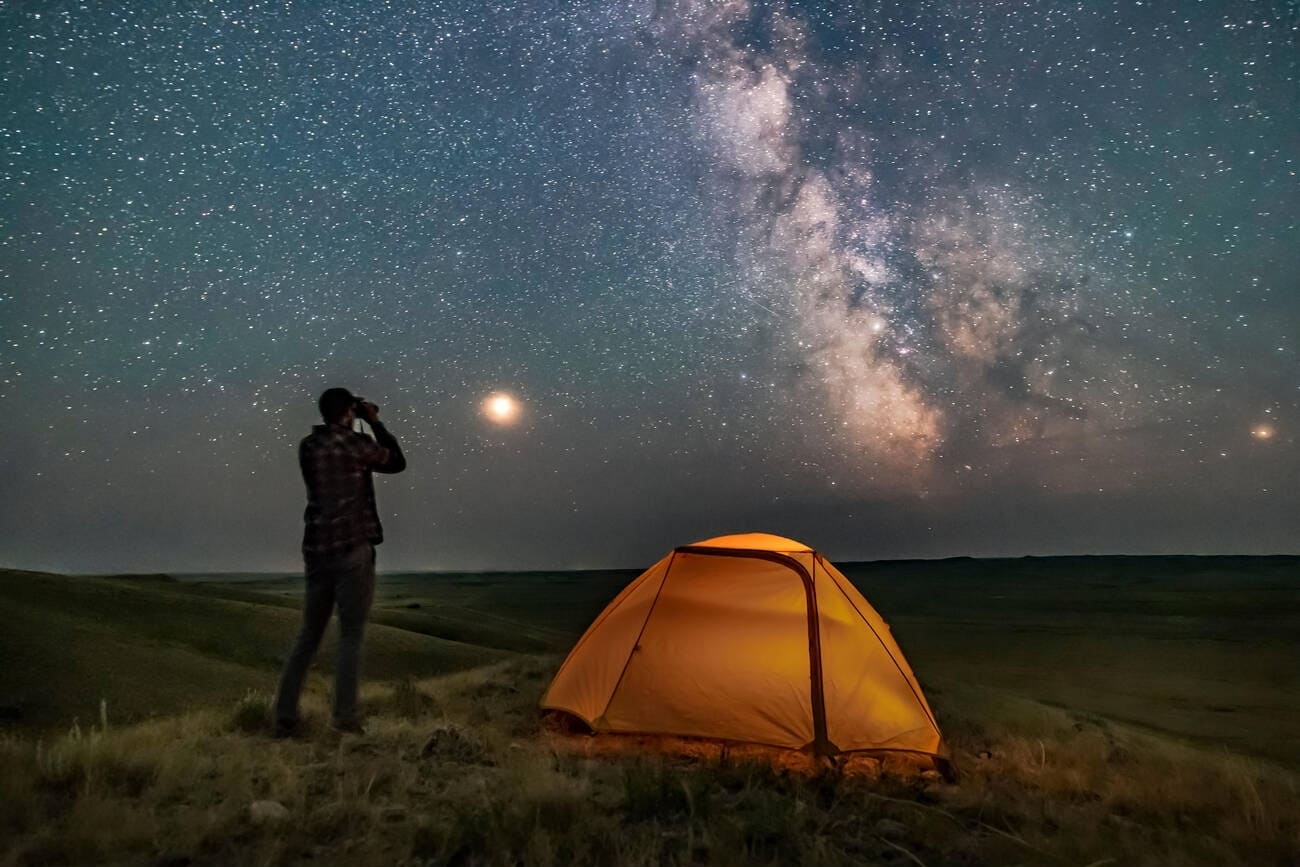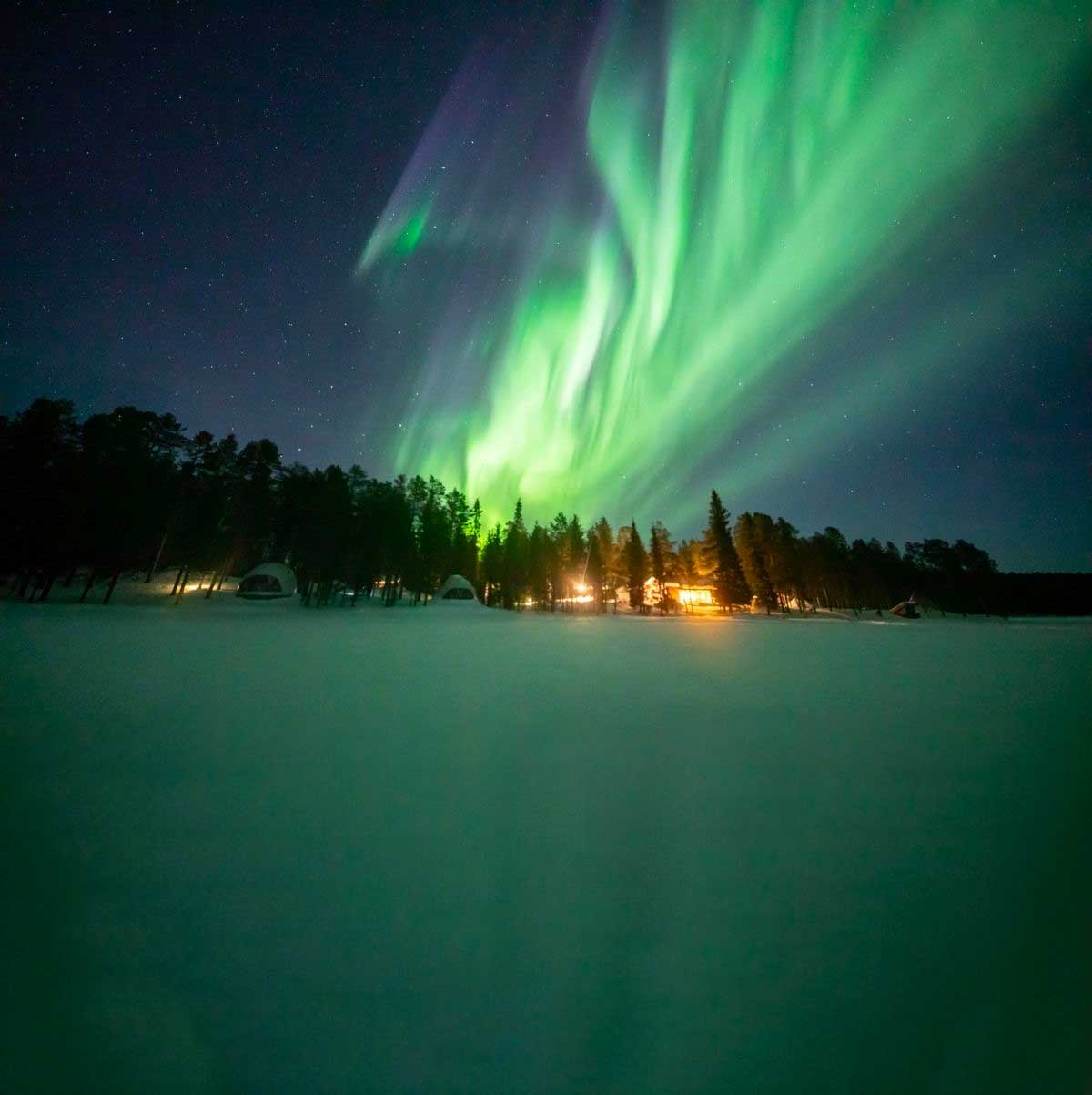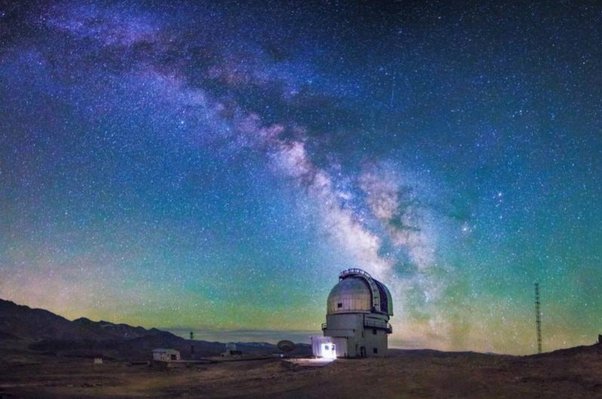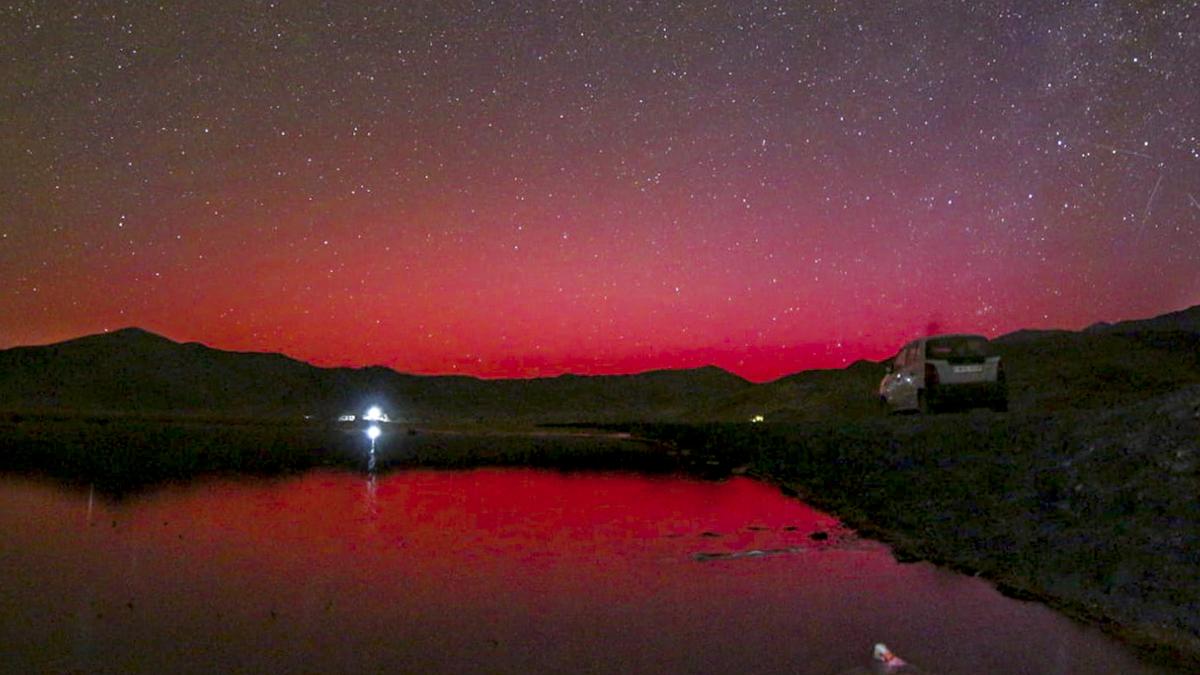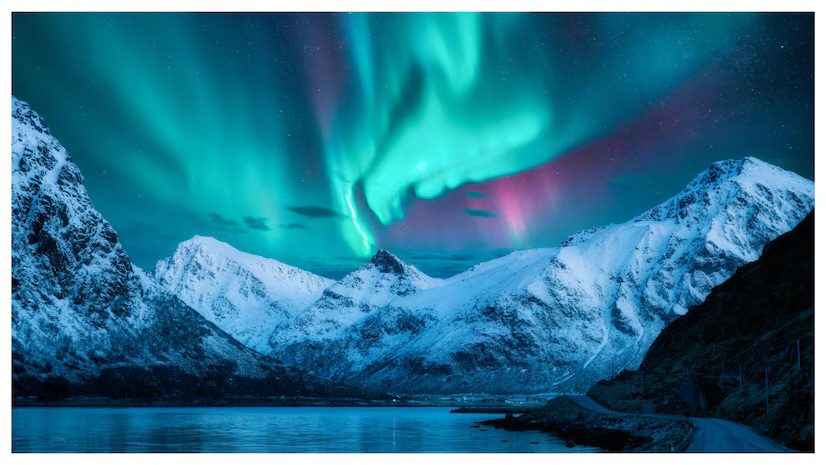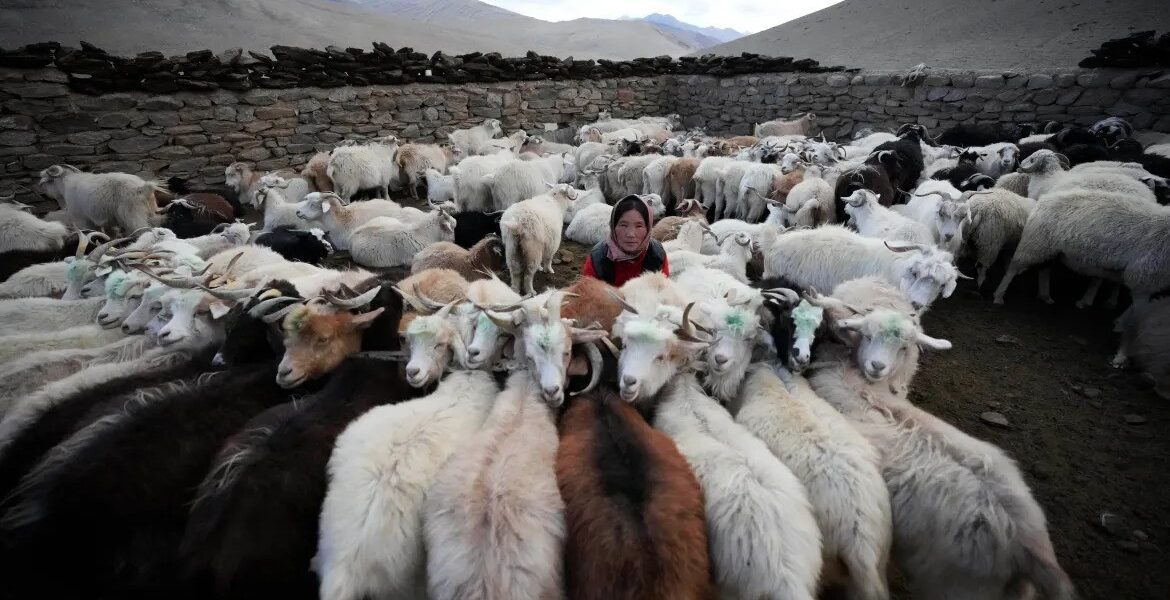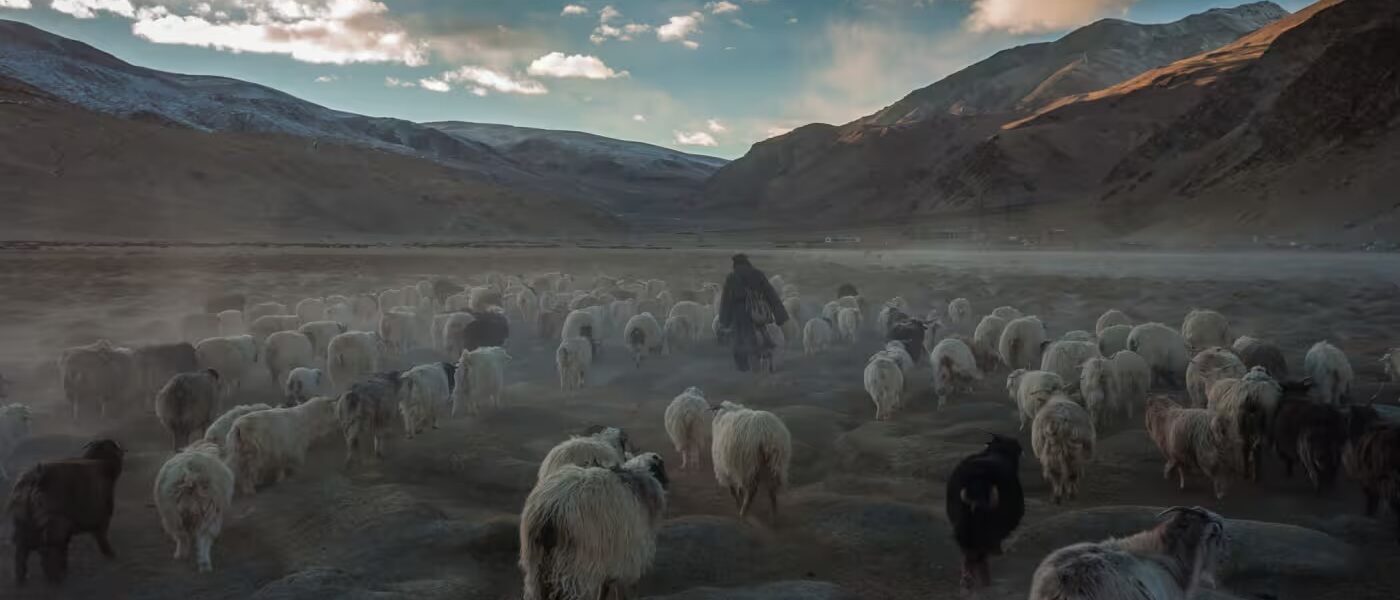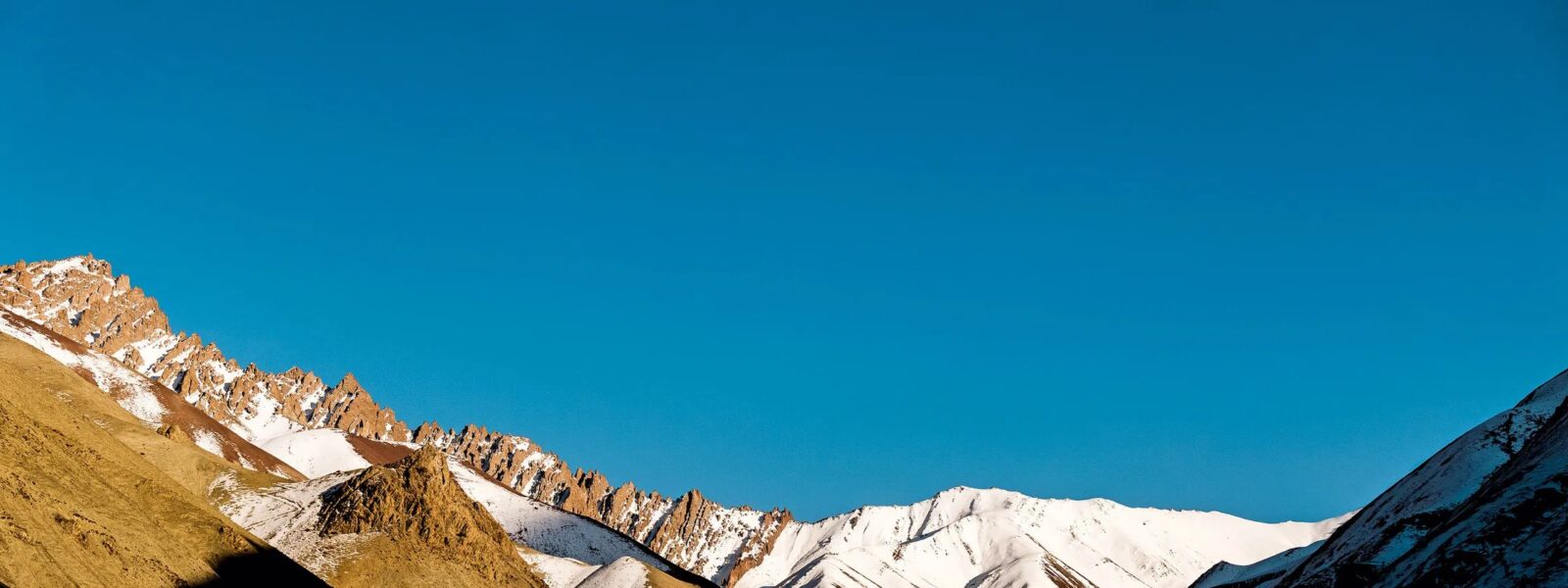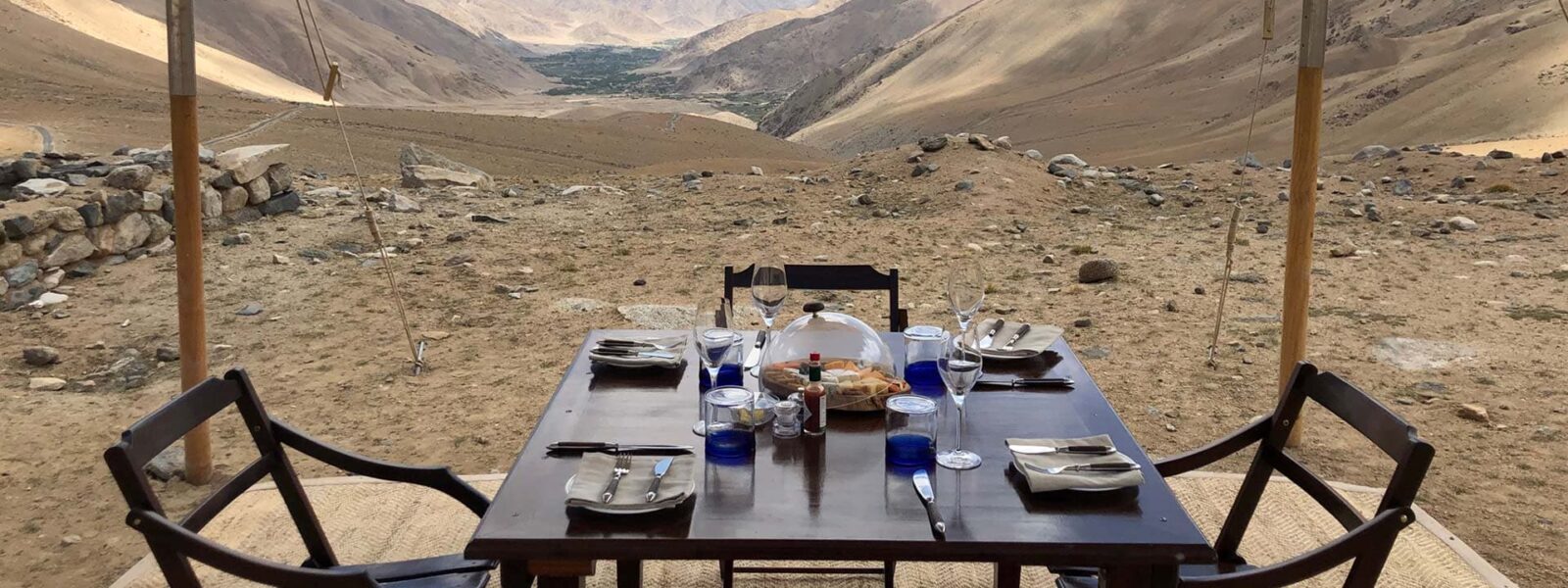Nestled in the heart of the Himalayas, Ladakh offers one of the clearest night skies in the world. With its high-altitude landscapes, minimal light pollution, and unique atmospheric conditions, Ladakh is a paradise for stargazers, astronomers, and photographers alike. This blog unveils the secrets of Ladakh’s celestial wonders and explores the rare atmospheric phenomena that make this region truly magical.
Why Ladakh is a Stargazer’s Paradise
The Unique Geography of Ladakh
At an altitude of over 3,000 meters above sea level, Ladakh’s geography plays a crucial role in its extraordinary night skies. The thin atmosphere, coupled with minimal urban development, ensures low levels of light pollution, providing an unparalleled view of the cosmos. Ladakh’s dry climate also means fewer clouds, resulting in a higher number of clear nights for stargazing.
Crystal-Clear Skies and Weather Patterns
One of the standout features of Ladakh is its predictable weather patterns. During the summer months, the skies remain exceptionally clear, making it ideal for observing the Milky Way, star trails, and other celestial phenomena. Visitors planning their trips between May and September can enjoy optimal stargazing conditions.
Cultural Connection to the Night Sky
Ladakh’s night skies are not only a scientific wonder but also hold cultural significance. Local folklore often weaves stories around stars, comets, and other celestial events. Many Ladakhi festivals are timed with cosmic phenomena, reflecting the deep-rooted connection between the region’s people and the heavens above.
One popular legend in Ladakh speaks of stars as the celestial guardians who watch over the mountains. According to local elders, shooting stars are considered blessings, and observing one is thought to bring good fortune.

Rare Atmospheric Phenomena Visible in Ladakh
Airglow Over Himalayan Peaks
Airglow is a faint emission of light in the night sky caused by atmospheric particles. In Ladakh, this phenomenon adds a mysterious glow to the Himalayan peaks, enhancing the surreal beauty of the region. Unlike light pollution, airglow is a natural event and offers an incredible backdrop for astrophotographers.
Zodiacal Light and the Milky Way
Zodiacal light, often described as a triangular glow near the horizon during dawn or dusk, is clearly visible in Ladakh’s pristine skies. Additionally, the Milky Way stretches across the sky like a celestial ribbon, creating breathtaking panoramas for night-sky enthusiasts.
Meteor Showers and Shooting Stars
Ladakh offers a front-row seat to some of the most spectacular meteor showers, such as the Perseids and Geminids. The dark, unpolluted skies make these events even more striking, with shooting stars lighting up the Himalayan backdrop. Visitors can plan their trips around these celestial events for an unforgettable experience.
Halos and Moonbows
Halos, bright rings of light encircling the sun or moon, are another rare phenomenon observable in Ladakh. Caused by the refraction of light through ice crystals in the atmosphere, these halos are often seen on cold, clear nights. Similarly, moonbows, or lunar rainbows, occasionally grace the skies, adding to Ladakh’s mystical allure.

Best Spots for Stargazing in Ladakh
Nubra Valley’s Pristine Skies
The remote Nubra Valley is a stargazing haven. With its vast, open landscapes and minimal human settlement, the valley provides some of the best views of the night sky. Visitors can enjoy uninterrupted views of constellations, planets, and other celestial objects.
Pangong Lake’s Reflection of the Stars
Pangong Lake is famous for its stunning reflections, and at night, the water mirrors the starry sky above. This creates a surreal, dreamlike setting for photographers and sky watchers alike.
Tso Moriri’s Isolated Dark Skies
Tso Moriri, a remote alpine lake, is another hidden gem for stargazers. The area’s isolation ensures a complete lack of artificial light, offering some of the darkest skies in Ladakh. It’s a perfect spot for astrophotographers looking to capture the Milky Way or star trails.
Hanle Observatory
The Hanle Observatory, one of the world’s highest astronomical observatories, is situated in the Changthang region of Ladakh. Its remote location and cutting-edge equipment make it a must-visit for astronomy enthusiasts. Guided tours provide visitors with insights into the universe through powerful telescopes.

Capturing the Night Sky: Tips for Astrophotography in Ladakh
Essential Equipment for Stargazing and Photography
- DSLR or mirrorless camera with manual settings
- Wide-angle lens with a low f-stop (f/2.8 or lower)
- Sturdy tripod for stability
- Remote shutter release or timer
- Portable power banks for remote locations
Best Times and Conditions for Night Photography
For astrophotography, plan your trip during the new moon phase to avoid interference from moonlight. The summer months (May to September) offer the clearest skies, but winter provides a unique opportunity to capture rare constellations and phenomena.
Techniques for Photographing Ladakh’s Celestial Wonders
- Use a high ISO (1600-3200) to capture faint light sources.
- Set your shutter speed between 15-30 seconds to avoid star trails.
- Focus manually to ensure sharp images of the stars.
- Experiment with foreground elements, like mountains or lakes, for composition.
Practical Travel Tips for Stargazing in Ladakh
Preparing for High-Altitude Conditions
Stargazing in Ladakh comes with challenges, particularly high-altitude sickness. Acclimatize yourself for 2-3 days before heading to stargazing spots, and stay hydrated to prevent altitude-related issues.
Packing Essentials for Stargazing Trips
- Warm clothing for cold nights
- Portable flashlight with a red filter to preserve night vision
- Snacks and water for remote locations
- Star maps or stargazing apps for identifying constellations
Responsible Tourism and Preserving Ladakh’s Night Sky
To ensure Ladakh’s skies remain pristine, practice responsible tourism. Avoid using bright lights, limit noise pollution, and dispose of waste responsibly during your stargazing trips.
Customer Testimonial
“The night sky in Ladakh left me speechless. Seeing the Milky Way with the naked eye was a surreal experience. As a professional photographer, I couldn’t have asked for a better setting.”
– Emma Brooks, Photographer, United Kingdom

FAQs
Q1: What is the best time for stargazing in Ladakh?
The best time is from late May to September when the skies are clearest.
Q2: Can I see the Northern Lights in Ladakh?
No, the Northern Lights are not visible in Ladakh, but rare phenomena like airglow can be observed.
Q3: What are the best locations for stargazing in Ladakh?
Nubra Valley, Pangong Lake, and Tso Moriri are top locations for stargazing.
Q4: What should I pack for a stargazing trip in Ladakh?
Essentials include warm clothing, a flashlight, snacks, water, and a camera for astrophotography.
Q5: Are there guided stargazing tours in Ladakh?
Yes, several operators offer guided tours with telescopes and expert guidance.
Secrets of the Ladakhi Sky
Secrets of the Ladakhi Sky | The journey through Ladakh mirrors the very essence of unraveling unknown horizons, as its dramatic landscapes and unique cultural identity awaken the deepest sense of wonder and exploration. Secrets of the Ladakhi Sky delves into this realm where inner peace intertwines with the wild, untouched beauty of Ladakh. From the snow-capped peaks to the serene monasteries, every step in Ladakh is a step toward self-discovery. The mountains, ancient paths, and unspoken mysteries stretch before travelers, offering a meditative experience where each encounter feels both effortless and transformative. Whether it’s trekking across remote valleys or sitting quietly beside a sacred lake, Ladakh invites those who seek a deeper connection to the natural and spiritual world.

Secrets of the Ladakhi Sky
The monasteries of Ladakh stand as living monuments to the region’s profound spiritual heritage. With origins dating back over a thousand years, these ancient structures are both places of worship and repositories of art, culture, and wisdom. Hemis Monastery, one of the largest in Ladakh, is renowned for its annual festival, featuring colorful mask dances performed by monks. The history of these monasteries reflects Ladakh’s role as a crossroads between India, Tibet, and Central Asia, where religious and cultural influences have intertwined over the centuries.
The Tibetan Buddhist influence is especially evident in the architecture and daily life of the monks. Prayer wheels, intricate murals, and the soft hum of chants fill the air as visitors explore the monastery grounds. Each monastery, from the remote Lamayuru to the awe-inspiring Thiksey, offers a window into the spiritual heart of Ladakh. These centers of meditation, learning, and community life continue to thrive, preserving traditions that have shaped Ladakh for generations.
Secrets of the Ladakhi Sky for Secrets of the Ladakhi Sky?
Ladakh is a destination that transcends mere travel. It offers a journey that touches both the outer and inner landscapes, making it a perfect setting for those who seek to unravel their own unknown horizons. The region’s breathtaking scenery—from towering mountain ranges to hidden valleys—provides not just an escape but a space for contemplation and growth. Ladakh’s culture, deeply rooted in Buddhist practices, invites visitors to reflect on their own lives and the world around them.
Ladakh’s people, known for their warmth and hospitality, add to the richness of the experience. Villages like Sumda Chun and the legendary Nubra Valley introduce travelers to a way of life that is intricately connected to nature and spirituality. Staying in local homestays allows for immersive experiences where one can learn about traditional Ladakhi customs, share meals made from local produce, and participate in community rituals.

Beyond its natural beauty, Ladakh offers a unique opportunity to explore oneself. The vastness of the region’s plateaus and the clarity of its skies seem to mirror the vastness of the human spirit. Whether it’s standing atop a mountain pass at 18,000 feet or meditating in a centuries-old monastery, Ladakh helps unravel the unknown horizons within each traveler.
Finding the Best Secrets of the Ladakhi Sky in Ladakh
Finding the best places in Ladakh to experience “Secrets of the Ladakhi Sky” involves venturing off the beaten path. Ladakh’s lesser-known treks, such as those leading to secluded monasteries or high-altitude lakes, offer unparalleled opportunities for solitude and reflection. The Markha Valley trek, for instance, takes travelers through verdant valleys, ancient villages, and high-altitude passes, allowing for both physical and spiritual exploration.
Ladakh’s iconic lakes, including Pangong Tso and Tso Moriri, are ideal spots for quiet contemplation. Their still waters reflect the sky, creating a mesmerizing landscape that feels timeless and infinite. Sitting beside these lakes, especially at dawn or dusk, brings an overwhelming sense of peace and connection with nature.

For those interested in Ladakh’s spiritual heritage, exploring monasteries such as Alchi, Phyang, or Diskit can be a transformative experience. These sites are not just places of worship but also centers of art, philosophy, and wisdom. Visiting these monasteries, with their ancient murals and intricate statues, offers insight into Ladakh’s rich cultural tapestry.
Ladakh’s Atmosphere and Secrets of the Ladakhi Sky
Ladakh’s atmosphere is unlike any other place on Earth. The stark contrasts between the rugged mountains and the serene, tranquil monasteries create an environment that feels both raw and sacred. The traditional decor in Ladakhi homes and religious sites reflects this balance, with mud-brick houses adorned with prayer flags and colorful thangkas (Buddhist paintings) that add warmth and spiritual meaning to the space.

The interiors of Ladakhi homes, often simple and functional, are filled with symbols of devotion. Small shrines dedicated to Buddhist deities are common, and the air is often fragrant with incense. The use of earthy materials, like stone and wood, along with brightly colored textiles, creates an inviting and peaceful space, perfect for relaxation and reflection.
Traditional Secrets of the Ladakhi Sky
Traditional Secrets of the Ladakhi Sky is an integral part of the region’s identity, offering a unique blend of flavors that reflect its harsh climate and remote location. Hearty, warming dishes such as thukpa (noodle soup) and momos (dumplings) provide the sustenance needed to endure Ladakh’s cold temperatures. Skyu, a thick stew made with root vegetables and barley, is another staple of the Ladakhi diet, designed to nourish both body and spirit.

Drinks like butter tea, made with yak butter and salt, are a must-try for anyone visiting Ladakh. This rich, savory drink is not only warming but also hydrating, making it essential for those venturing into the high-altitude regions of Ladakh. Chang, a local barley beer, is often enjoyed during festivals and community gatherings, adding a sense of joy and camaraderie to any occasion.
Live Cultural Secrets of the Ladakhi Sky in Ladakh
Ladakh is home to a vibrant cultural scene, with festivals and live performances held throughout the year. The Hemis Festival, which celebrates the birth of Guru Padmasambhava, is one of the largest and most famous events in the region. Monks dressed in elaborate costumes perform cham dances, which depict the triumph of good over evil. The energy of the festival, with its bright colors, rhythmic music, and elaborate rituals, draws visitors from around the world.
Other local festivals, such as the Losar (New Year) and Ladakh Festival, provide visitors with the chance to witness traditional dance, music, and crafts that have been passed down through generations. These events are more than just entertainment; they are a celebration of Ladakh’s rich cultural heritage and its deep connection to the spiritual world.
Trekking and Outdoor Activities Secrets of the Ladakhi Sky
Ladakh is a trekker’s paradise, offering some of the most stunning and challenging routes in the world. From the famous Secrets of the Ladakhi Sky, which follows the frozen Zanskar River, to lesser-known routes like the Sham Valley or Nubra Valley treks, Ladakh’s landscape offers endless possibilities for adventure and discovery. The high-altitude passes, such as Khardung La and Chang La, offer breathtaking views of snow-capped peaks and sprawling valleys.

Wildlife enthusiasts will also find Secrets of the Ladakhi Sky to be a haven for rare species such as the Ladakh Urial, Himalayan Spituk Gustor Festival, and the Spituk Gustor Festival. Winter expeditions to spot the elusive Secrets of the Ladakhi Skyin the Hemis National Park are gaining popularity among wildlife photographers and conservationists alike.
The Importance of Preserving Ladakh’s Secrets of the Ladakhi Sky
Ladakh’s rich cultural and environmental Secrets of the Ladakhi Sky is under increasing threat from climate change and mass tourism. Preserving this unique region requires careful attention to sustainable tourism practices. Choosing eco-friendly accommodations, supporting local businesses, and participating in community-led conservation efforts are just a few ways that visitors can contribute to the preservation of Ladakh’s natural and cultural heritage.
Ladakh’s people have a long history of living in harmony with their environment, practicing sustainable agriculture, and maintaining a deep spiritual connection to the land. Visitors are encouraged to follow the same principles, leaving no trace and respecting the fragile ecosystems that make Ladakh so special.
Etiquette and Tips for Visiting Secrets of the Ladakhi Sky
Before visiting Ladakh, it’s essential to understand and respect the region’s customs and traditions. As a deeply spiritual place, Ladakh requires visitors to dress modestly, especially when visiting monasteries or attending religious ceremonies. Always ask for permission before taking photographs inside monasteries or of local people.
Medical Secrets of the Ladakhi Sky
Spa trail Secrets of the Ladakhi Sky
Secrets of the Ladakhi Sky

When Secrets of the Ladakhi Sky, remember to stay on designated paths to avoid damaging fragile ecosystems. Tipping is appreciated but not expected in most settings, and it’s important to carry cash, as many remote areas do not accept credit cards. Lastly, be mindful of altitude sickness and take the necessary precautions when traveling to higher elevations.
Conclusion: Enjoying Secrets of the Ladakhi Sky in Ladakh
Ladakh is a place where the physical and spiritual worlds converge, offering travelers a journey unlike any other. Whether you’re trekking across high-altitude deserts, exploring ancient monasteries, or simply sitting in quiet reflection by a mountain lake, Ladakh invites you to unravel your own unknown horizons. By respecting the region’s traditions and practicing sustainable tourism, you help ensure that Ladakh’s beauty and cultural richness will be preserved for future generations to explore and enjoy.
